Mark Zuckerberg, champion of the decades-old prom picture, the neighborly squabble, the adorable baby pictures, announced yesterday that the Facebook News Feed is about to undergo a fundamental shift. Because “passively reading articles or watching videos” is bad for human beings, Facebook is pivoting its core away from its current state (inescapable time suck) and towards becoming a platform that helps users have “more meaningful social interactions.”
Great for humans, bad for (most) brands.
How is the Facebook News Feed Changing?
Per Zuckerberg’s post, the goal of the News Feed is moving from “helping you find relevant content” to enabling those meaningful social experiences I mentioned before. As such, the litany of posts from news outlets and the brands you love (or love to hate) whose content you passively consume will be usurped by updates from your friends, family, and groups.
This doesn’t mean branded content and—more importantly as far as I’m concerned—ads are going away; they’re simply taking a back seat in one of Facebook’s myriad placements.
It’s been speculated by some (including WordStream founder Larry Kim) that Facebook will push “all publisher page posts out of the news feed into a separate ‘Explore’ tab.”
Facebook tested this last year and it seems likelier than ever that a world in which posts from the people in your life and posts from news outlets/businesses will be siloed is coming soon. That being said, as of today, Facebook is not eliminating your Business page content from the News Feed. More on where it is going below.
How Will It Impact Your Organic Facebook Presence?
In a post titled “Bringing People Closer Together,” Adam Mosseri, Facebook’s Head of News Feed, outlined the changes in greater detail. Instead of prioritizing posts based on comments and shares, Facebook will now push content to the top of your News Feed that its algorithms predict will spark meaningful “back-and-forth discussion.”
But then he comes in with a flying elbow off the top rope:
“Because space in News Feed is limited, showing more posts from friends and family and updates that spark conversation means we’ll show less public content, including videos and other posts from publishers or businesses.”
Which means you’ll see highlights from your cousin’s flag football championship or notices from your HOA instead of gems like this:
Very unfair, I know.
Now, people who actively want to see your page’s content front and center can totally still do so by adjusting their “See First in News Feed” settings. In order to convince your followers to actively choose to see the content you’re producing, though, you’ll need to step your game up.
The limited spaces in the News Feed now afforded to businesses will be given to those whose content sparks the same meaningful engagement that inspired this change in the first place. Creating live video or events or recurring series of how-to posts or news that addresses meaningful issues—anything that might lead to discussion and provide actual value to your prospects and customers—is the only surefire way to maintain some semblance of organic reach (which was already dwindling in favor of content boosting and ads anyway).
It’s Still Possible to Grow Your Business on Facebook
Soooo Facebook’s stock is, uh, dropping…
But that doesn’t make much sense to me at all.
Neither Zuckerberg nor Mosseri mention the word “advertising” in their respective posts. Facebook generated more than $10.3 billion in ad revenue last quarter alone; it’s the primary way the platform makes money. As such, it shouldn’t come as a shock that people see this deemphasizing of business-related content and run for the hills. But Facebook still has to make money; ads aren’t going anywhere. In fact, the competition for prime placements is sure to increase given that News Feed is now a magical vortex of friendship and happiness.
With that, here’s what you can do in order to start, maintain, or grow your business’s marketing presence on Facebook in a post-News Feed world.
Create hyper-engaging organic content
This drastic shift is in an effort to make people’s lives better by improving the quality of the content shared on Facebook (and its engagement) by, in part, significantly reducing quantity. Brands sharing “engagement-bait,” superfluous listicles and the like, are going to fall by the wayside in favor of those who consciously decide to create content that truly makes people’s lives better.
In their post on the winners and losers of Facebook’s news feed changes, ShareThis suggests complementing the creation of more engaging content with, you guessed it, even more engagement.
By empowering readers to share your stuff and harnessing the power of influencers in your vertical, you can amplify opportunities for meaningful conversation to take place; per Facebook, it’s this level of interaction—not simply mindless likes and shares but positive discourse—that the News Feed algorithm will reward moving forward.
Optimizing ads for non-feed placements
The News Feed is the crown jewel of ad placements. This is not a secret.
It affords advertisers the most space, allowing you to do and say more interesting things about your product or service. If Facebook is going to reduce the number of posts in the News Feed afforded to businesses, it stands to reason that competition (and cost) for ads in the New Feed will increase exponentially.
Thankfully, between desktop, mobile, the audience network, and Instagram, Facebook offers a whole mess of alternative ad placement options.
They include:
- Groups
- Right column
- Instant articles
- In-stream video
- Instagram (feed and story)
- Sponsored messages
- Audience network
Start thinking about how you can leverage these alternative placements in your Facebook advertising efforts!
Making the most out of your ad spend and activity
If, for most businesses, organic content falls by the wayside, the importance of Facebook advertising for SMBs will increase exponentially. Even with the relative unknown we’re facing in terms of ads showing and with what frequency, knowing where to advertise on Facebook is barely half the battle; the how still takes the cake.
To find out how you stack up against your competitors, where you’re wasting ad spend, and who you should be targeting, try the Facebook Ads Grader today!

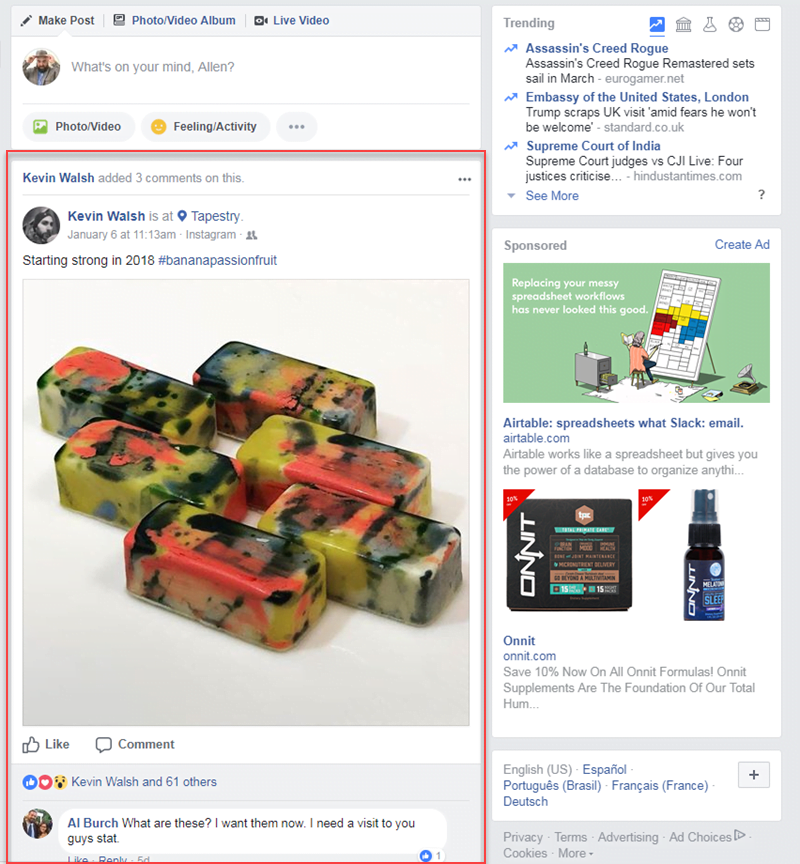
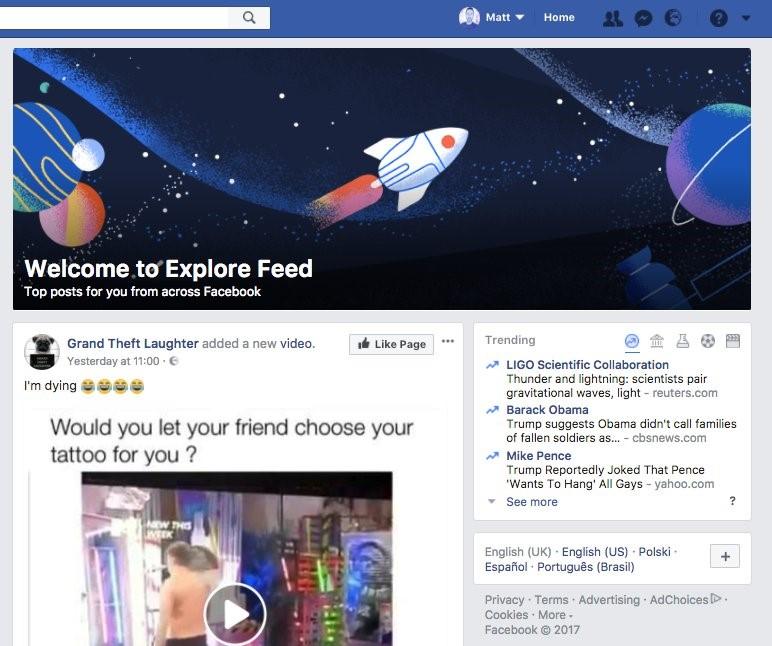

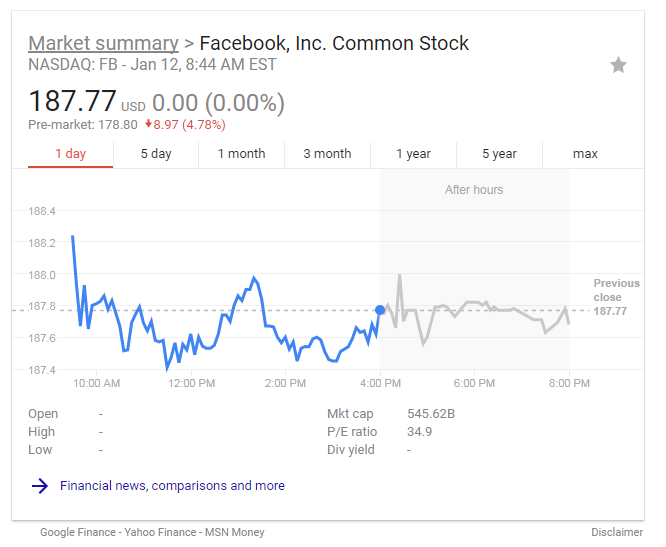
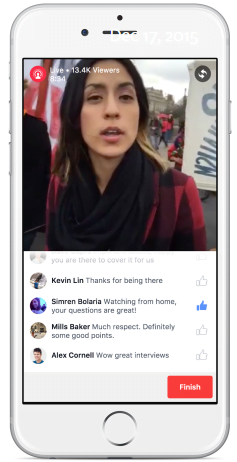
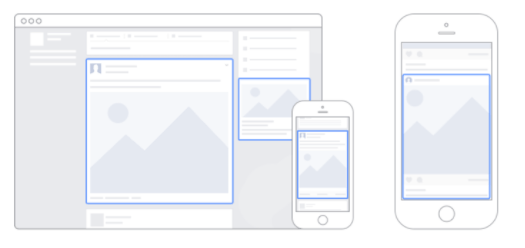
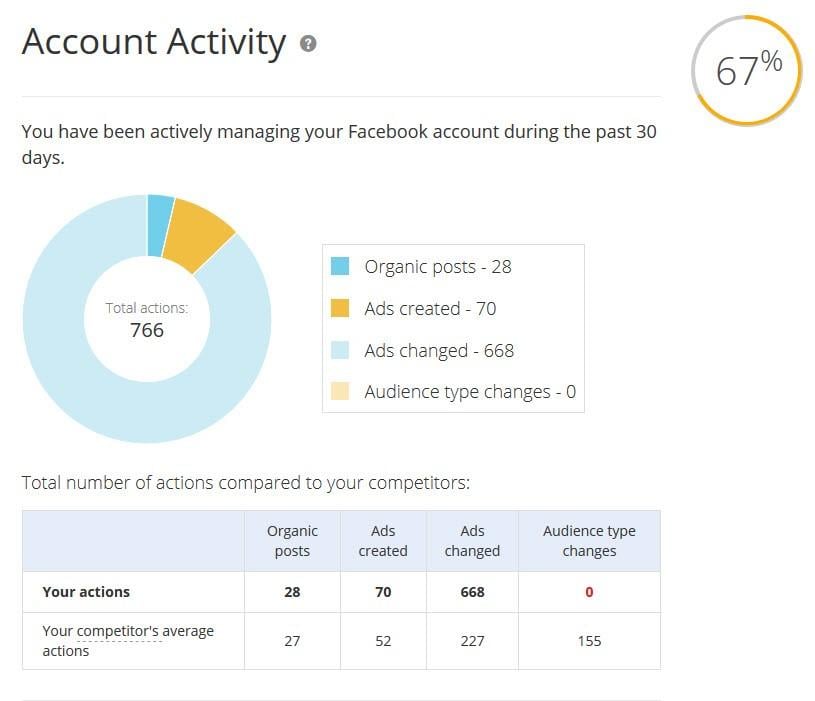

0 Comments